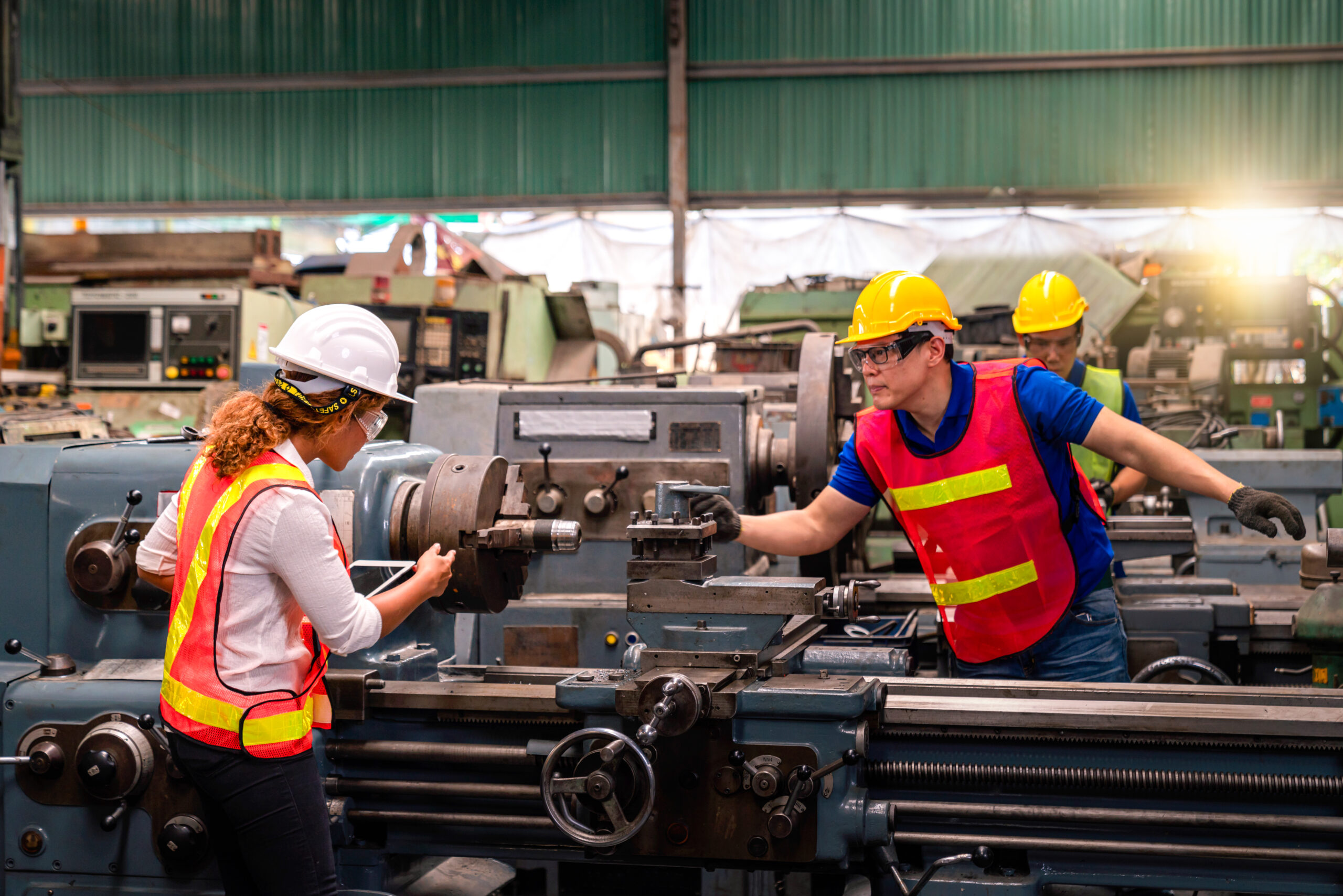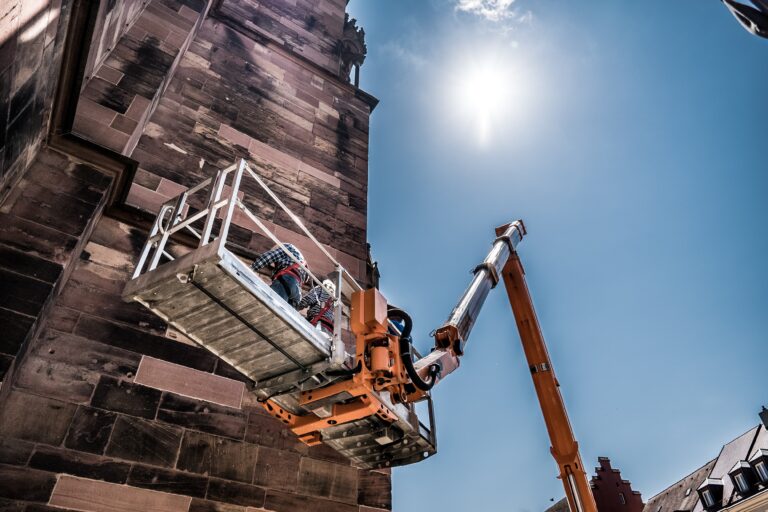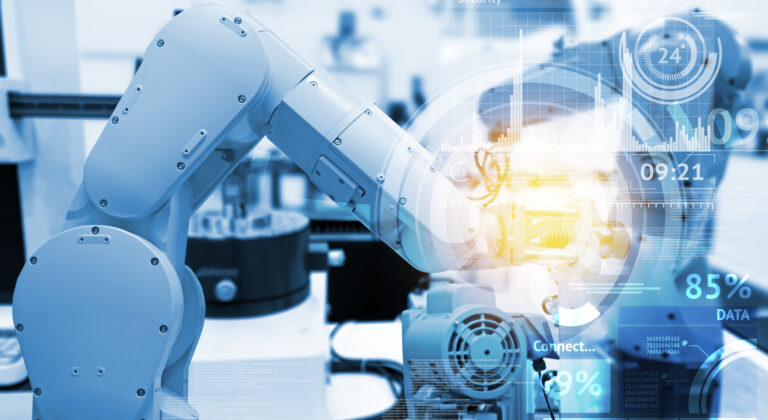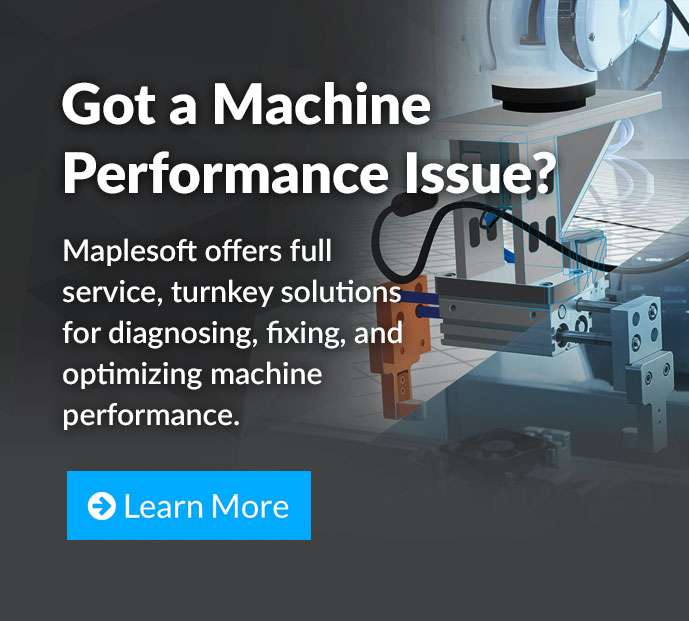
Most of the time here, we talk about virtual commissioning as the means to improve design workflows and embrace future design trends. That’s all true – virtual commissioning is a key technology for manufacturing and industrial automation markets. However, there’s a more real-world scenario that many people find themselves in when it comes to considering this new technology – fixing the problems that exist today, like machine vibration issues, motor burnouts, and more.
What if you have a machine, already designed and built for your customers, and then you find out there’s a performance issue on the physical hardware itself? Worse yet – what if that machine is already delivered to your customer? In this case, you’re going to need a solution, and fast. If, for example, you’re having machine vibration issues, there will be a variety of ways you could solve the problem.
In this post, we’ll look at using virtual commissioning to solve problems you’re experiencing right now, with machines you’ve already produced. You’ll see that virtual commissioning isn’t just a future-looking technology that keeps you competitive. Virtual commissioning is also a technology that helps you solve problems faster, cheaper, and with less on-site visits and physical travel requirements.
Fixing Machine Vibration Issues with Hardware Solutions
The typical situation might look like this: you have a machine built for a customer, and are nearing the end of your deadline to ship the machine out. During the final stages of physically testing the machine, you notice vibrations in some key components. These vibrations are preventing you achieving optimal speeds, and are also posing risks for operator safety and overall machine lifespan.
If you’re attempting to fix machine vibration issues with hardware, you’d probably investigate the components central to the vibration – motors, belts, hydraulic systems, and so on. If you don’t find any easy answers or improper assembly, the next step in troubleshooting could include replacing different components. In this past story, a machine manufacturer couldn’t easily diagnose their vibration issues, so their hardware suppliers offered a variety of costly solutions. These solutions included buying more powerful components, or completely different systems, with the idea being that the exchange of many components would hopefully iron out the issue.
It’s likely that the machine vibration issues would be fixed by replacing enough components, but the root of the problem would never be properly understood. Worse yet, it would remain unclear if the high cost of component replacements was actually justified – perhaps only a smaller amount of hardware needed replacing. Nonetheless, the issues will probably be fixed if we go this route, although the solution cost is going to be high (and that’s not accounting for the amount of time required with on-site physical upgrades).
Using Virtual Commissioning to Fix Machine Vibration Issues
If you’re looking for a solution that is likely going to be cheaper and faster than a hardware-based approach, you’ll probably be looking at digital twins and virtual commissioning.
With this approach, you’ll use a digital twin of your machine, which will help show you exactly where the vibration issues are coming from. These digital twins are then going to be connected to your machine’s control code, giving you a full view into where these issues arise. With all of this together, you can intelligently modify the control code, making subtle adjustments that remove the physical effects that cause unwanted vibrations.
Here’s a short step-by-step of the process. Note that much of this process can be done by the digital twin software vendors as a service package, which is a slightly more expensive way to ensure that you’ll get results fast. It also means you won’t have to learn new tools while scrambling to solve a pressing issue.
- Create (or Receive) a Digital Twin – While you can use a tool like MapleSim to create your own digital twin, you might be on a time crunch in solving your machine issues. Many vendors of digital twin software offer services to create a validated model for you, ensuring you’ve got what you need quickly.
- Connect to Control Code – The digital twin can then be connected to your control code development environment, through a common technology called Functional Mock-Up Interface (FMI). The digital twin can be connected to either the control code software (initial testing), or the hardware control units themselves (late stage testing).
- Replicate Vibration Issues to Validate the Digital Twin – Within the virtual commissioning platform, the machine vibration issues need to replicated. Often, if you’re paying for services from a digital twin vendor, they will take care of this step – ensuring that the digital twin is properly modeling the issue at hand.
- Determine Root Causes & Test Solutions Virtually – Now you’ve got a validated digital twin that runs based on your control strategies, and you can see the vibration issues in the simulation results. In the digital twin software, hundreds (or thousands) of simulations can then tweak parameters, operating conditions, and more – showing you how the vibration issues respond to different changes. When simulations can run in seconds, this process can cover a huge amount of ground in a fraction of the time of hardware-based testing. The solution to your vibration issues might entail simply tweaking your control code, changing the dynamic behavior of your machine to escape the scenarios that cause vibration.
- Implement Solution Physically – Once the solution has been tested on the digital twin and control code software, it’s time to implement the changes on the hardware itself. In this case, we’ll assume that an optimized control strategy can change the dynamics in subtle ways that eliminate the unwanted vibrations. You’ll then simply need to visit the machine itself, and update the control code on the physical control units. After some testing, and a potentially small amount of iterations, the machine will then be running new control code, and ultimately removing the machine vibration issues.
Virtual Commissioning: Not Just for Tomorrow’s Problems
With the focus on virtual commissioning being so often about it’s potential for forward-looking companies, you should keep in mind that this technology exists today, and can solve problems you have today. Of course, it’s still a smart idea to develop virtual commissioning practices at your company for all the benefits you’ll reap in the future. However, you probably know the difficulties in changing culture at your company. Things move slow, and budget is hard to move around.
Instead, recognize that virtual commissioning and digital twin technologies can be a low-cost solution to your immediate problems – even if you pay for another company to solve your problem as a service contract. By using virtual commissioning, you’re still unlikely to need new hardware as part of your issue solution, and most of the solution can be developed off-site. Overall, you’re likely to get a smarter solution delivered to you at a fraction of the cost of hardware-based approaches – and you’ll be a little further ahead in using these technologies to optimize future products you develop.







